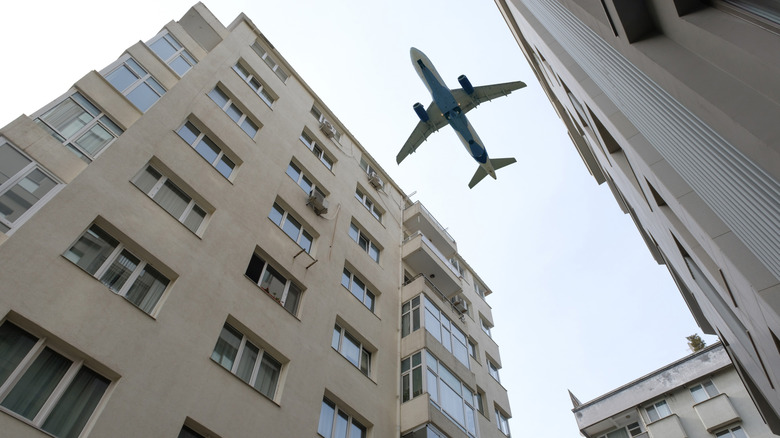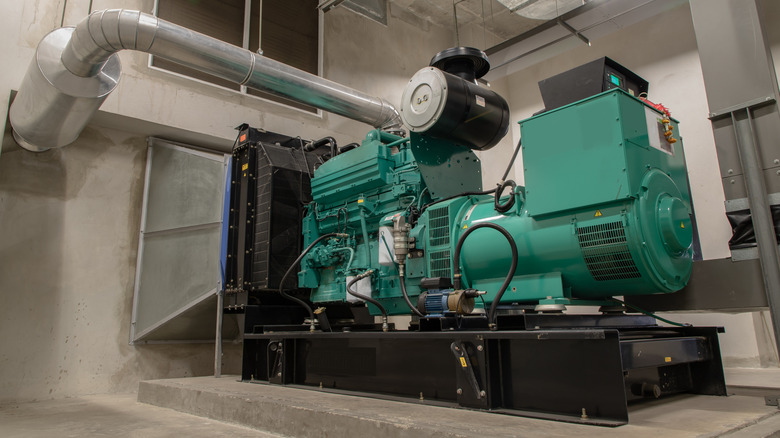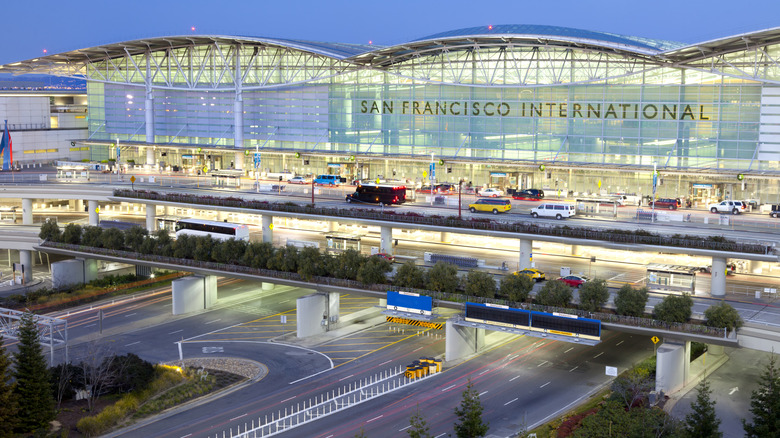
Most of Earth's seismic activity comes and goes without most people even realizing it. However, certain events are so forceful that their effects can be felt from thousands of miles away. You can even check if there was just an earthquake near you
, should you suspect some odd ground vibrations. But fortunately, if you're aboard an aircraft, you won't be directly subject to any of the violent shaking produced during an earthquake.However, a seismic event can still create a potentially dangerous situation
for planes in the air, as massive power outages can occur on the ground. Not only can a region's electrical infrastructure be crippled by the initial earthquake event, but roads (which are essential for repair crews to access and repair the damage) can become impassible. In addition, there could also be subsequent fires that break out and aftershocks, creating a challenging situation on the ground.
One USAF pilot, Ron Wagner, recounted a harrowing experience he had on Quora, which was also posted on Forbes. Wagner relayed that he had positioned his aircraft toward the runway for an evening landing when everything suddenly went black. With no visual cues, Wagner began trying to reach the tower, but noticed the connection between his craft and the ground was lost. For a few moments, he debated about his next actions, but was suddenly interrupted by communication from the airport notifying him they had just suffered a major earthquake.
Read more: Every Major Car Insurance Company Ranked Worst To Best (According To Consumer Reports)
Major Airports Do Have Emergency Backup Power

Finding yourself cut off from radio communication and being unable to see visual indications of the runway is not something you'd want to experience as a pilot. However, it doesn't take an earthquake to knock out power at an airport; system failures and even heat waves can cause power outages. For example, back in 2018, Reagan National Airport suffered a power loss due to malfunctions with equipment buried under the ground. Fortunately, in the case of Reagan National and other large airports, there is a backup generator system that activates following an outage.
These massive diesel generators are capable of running indefinitely, assuming crews continue to refuel them. Some of these units can operate a full 24 hours before needing more fuel, making this contingency a lasting solution should the situation be dire enough. In addition, the first systems to receive power from the generators aren't chosen at random, but prioritized by importance. This is why overhead lighting in a terminal may still be off, but select emergency lights will be running.
Some Airports Feature Seismic-Resistance Technology

Earthquakes are more prevalent in certain areas than in others. California's San Francisco Bay area includes not only the famous San Andreas Fault, but also another six fault zones, including the Hayward Fault. Scientists have studied the impacts of a potential 7.0 magnitude earthquake from the Hayward Fault and estimated the event could cause around 800 fatalities, with widespread devastation to structures and utilities, according to ABC10 News.
Fortunately, the San Francisco International Airport has already incorporated measures to help resist the damaging effects of seismic activity. Referred to as a seismic buffer system, San Francisco's airport terminal is constructed over giant steel bearings. Each column that supports the structure essentially sits and slides on a bearing, which affords movement of up to 20 inches during an earthquake.
Unfortunately, no such earthquake-resistant system is in place to protect the airport runway. So, what if just as your plane was landing, the ground began to shake violently? While certainly not an ideal situation, contrary to Hollywood, the ground around the runway wouldn't open up, revealing a massive chasm. It would likely be a bumpy landing, but ultimately would depend on the strength of the earthquake. Aircraft landing gear is designed to handle greater forces during touchdown. These planes must be capable of handling emergency situations such as a deadstick landing, although these are exceedingly rare today. Nevertheless, the landing gear is made to withstand changes in the landing surface, like bumps and dips, among others.
Want the latest in tech and auto trends? Subscribe to our free newsletter for the latest headlines, expert guides, and how-to tips, one email at a time.
Read the original article on SlashGear.













